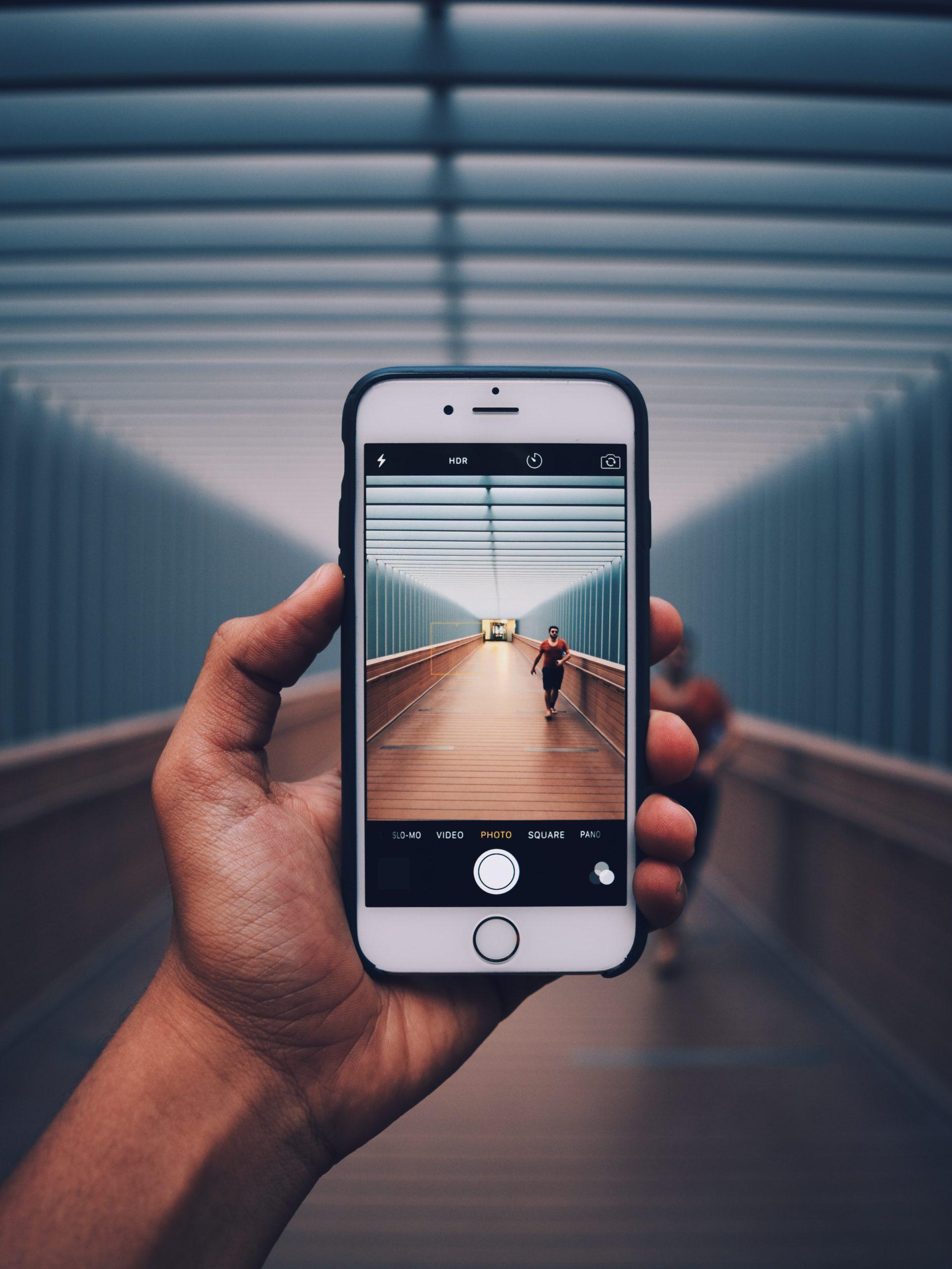Cracking the Code: Unveiling the ROI of Influencer Marketing in 2024 (and Beyond)
Influencer marketing has exploded in popularity, offering brands a seemingly direct line to targeted audiences. However, gauging the true return on investment (ROI) of these campaigns remains a complex challenge. This article delves deep into the world of influencer marketing ROI, equipping you with cutting-edge strategies and metrics to accurately measure the impact of your influencer partnerships.
The ROI Labyrinth: Why Measurement Matters
Traditionally, influencer marketing ROI focused on vanity metrics – likes, comments, and follower counts. While these provide a glimpse into engagement, they offer little insight into actual business impact. In 2024, brands demand a more sophisticated approach. By meticulously measuring ROI, marketers can optimize campaigns, demonstrate value to stakeholders, and identify the influencers who truly drive results.
Beyond the Likes: A Multifaceted Approach to Measurement
Measuring influencer marketing ROI requires a multi-pronged approach, encompassing both quantitative and qualitative data. Here’s a breakdown of key metrics to consider:
- Brand Awareness: Did the influencer campaign increase brand awareness? Track social media mentions, website traffic (particularly from influencer platforms), and brand search volume. Utilize tools like Google Analytics and social listening platforms to monitor brand mentions pre- and post-campaign.
- Engagement Metrics: Likes, comments, and shares are still valuable indicators of audience interest within the influencer’s community. However, delve deeper by analysing engagement rates (engagement divided by reach) to gauge genuine audience interaction. Tools like Brand watch and Sprout Social offer in-depth engagement analytics.
- Website Traffic and Conversions: Did the campaign drive traffic to your website and result in conversions (sales, sign-ups, etc.)? Use UTM parameters in your influencer’s links to track traffic sources and conversions. Look for increases in website traffic originating from the influencer’s platform. Tools like Google Analytics and marketing automation platforms provide detailed conversion tracking.
- Sales Lift: Measure the direct impact on sales. Utility promo codes unique to the influencer or track coupon usage for a clear picture of sales generated through the campaign.
- Customer Lifetime Value (CLTV): Influencer marketing can attract new customers with a higher lifetime value. Track post-campaign customer behaviour (purchase history, repeat purchases) to assess the long-term impact on CLTV.
- Sentiment Analysis: Go beyond basic engagement and analyse the sentiment of audience interactions with the influencer campaign. Are people excited, sceptical, or indifferent? Tools like Brand watch and Talk walker offer sentiment analysis features. This provides valuable insights into brand perception and campaign effectiveness.
The Power of Storytelling: Qualitative Measures
Quantitative metrics paint a picture, but authentic storytelling adds depth. Gather qualitative data through:
- Customer Reviews: Monitor customer reviews post-campaign to see if brand perception has shifted due to the influencer partnership.
- Social Listening: Analyse social media conversations to understand how the target audience perceives the brand and the influencer partnership.
- Case Studies: Develop compelling case studies showcasing successful influencer campaigns and their measurable impact on brand awareness, engagement, and sales.
Beyond the Numbers: The Importance of Campaign Goals
Before diving into metrics, clearly define your campaign goals. Are you aiming for brand awareness, increased website traffic, or driving sales? Align your measurement strategies with your specific objectives.
The Pre-Campaign Advantage: Setting Benchmarks
Establish baseline metrics before launching your campaign. Track brand awareness, website traffic, and sales data to create a benchmark for measuring the influencer campaign’s impact.
The Art of Collaboration: Partnering with the Right Influencers
Partnering with influencers who resonate with your brand and target audience is crucial. Look beyond follower count and analyse past brand partnerships, engagement rates, and content alignment with your brand messaging.
Transparency is Key: Disclosure and FTC Guidelines
Ensure transparency in your influencer partnerships. Influencers must clearly disclose sponsored content to comply with FTC guidelines.
Attribution Challenges: Navigating the Multi-Touch Journey
Measuring the impact of influencer marketing can be challenging in a multi-touch customer journey. Utilize tools like multi-touch attribution models to understand the role influencer marketing plays alongside other marketing channels.
The Evolution of Measurement: Embracing New Technologies
Technology is constantly evolving, offering new ways to measure influencer marketing ROI. Consider utilizing:
- Social Listening Platforms: Tools like Brand watch and Sprout Social track brand mentions and sentiment analysis across social media channels.
- Marketing Attribution Platforms: Platforms like Singular and Affiliate help track user behaviour across channels and attribute conversions to influencer campaigns.
- Influencer Marketing Platforms: Platforms like Tracker and Aspire IQ provide comprehensive campaign management, influencer discovery, and detailed analytics.
The Human Touch: The Value of Collaboration Between Marketers and Influencers
Successful Influencer Marketing ROI: Collaboration, Optimization, and the Long Game Continued….
Successful Influencer Marketing ROI hinges on a collaborative approach between brands and influencers.
- Open Communication: Establish clear communication channels with your chosen influencers. Discuss campaign goals, target audience, content expectations, and measurement strategies.
- Creative Freedom: While offering brand guidelines, allow influencers some creative freedom to maintain their authenticity and connect with their audience in their natural style.
- Performance Tracking: Collaborate with influencers to track key metrics like promo code usage, affiliate clicks, and website traffic generated from their content.
- Content Repurposing: Extend the campaign’s reach by repurposing influencer-created content across your marketing channels (website, email marketing, social media). Offer influencers credit for their work.
Optimization is Key: A Data-Driven Approach to Improvement
Don’t settle for a one-size-fits-all campaign. Continuously analyse your data and adapt your strategies for future influencer partnerships.
- A/B Testing: Test different approaches within your campaign. Compare different content formats, influencer selection, and messaging to see what resonates best with your target audience.
- Micro-Influencers vs. Mega-Influencers: Experiment with partnering with both micro-influencers (smaller, highly engaged communities) and mega-influencers (larger follower base). Tailor your influencer selection to your brand goals and target audience.
- Campaign Duration: Consider the long-term impact of influencer marketing. Building trust and brand loyalty takes time. Explore long-term partnerships with select influencers for sustained brand awareness and audience engagement.
The Long Game: Building Relationships and Brand Advocacy
Influencer marketing is not a quick fix. Focus on building long-term relationships with influencers who align with your brand values. Nurturing these relationships fosters trust and encourages organic brand advocacy. Genuine influencer endorsements hold significant weight with their audience and can significantly impact brand perception.
Conclusion: The Future of Influencer Marketing ROI is Human-Centric and Data-Driven
The future of influencer marketing ROI is a vibrant tapestry woven from sophisticated data analysis, cutting-edge technology, and the enduring power of human connection. While AI and advanced platforms will enhance campaign optimization and influencer selection, the human element remains the cornerstone of success.
Building genuine relationships with influencers who embody your brand values fosters trust and fuels organic brand advocacy. Their authentic endorsements hold immense power to shape brand perception and drive lasting customer loyalty.
The journey towards maximizing influencer marketing ROI is an iterative process. Embrace continuous learning, analyse data diligently, and use insights to refine your strategies for each campaign.
Collaboration is key. Work closely with influencers to establish clear goals, foster creative freedom, and track key performance indicators. Repurpose influencer-created content to extend your reach and amplify the campaign’s impact.
Think long-term. Successful influencer marketing isn’t about a quick burst of attention; it’s about cultivating lasting relationships that nurture brand loyalty. Invest in building a network of trusted influencers who resonate with your target audience.
The future is bright for influencer marketing ROI. By embracing the power of data while prioritizing human connection, you can unlock the full potential of this powerful marketing tool and achieve measurable results for your brand. Remember, influencer marketing is a story waiting to be told. Craft a compelling narrative, forge genuine partnerships, and watch your brand flourish in the ever-evolving social media landscape.
More Info: AI Marketing in 2024






